Disclosure: This article contains affiliate links. We may earn a commission from purchases at no extra cost to you, which helps our travel content.
The crystalline waters and white sand beaches of the Bahamas have long been the siren call for travelers seeking Caribbean paradise. Yet my most transformative moments in this archipelago nation have consistently happened when I've ventured beyond the sun lounger. During my recent week in Lucaya on Grand Bahama Island, I made it my mission to peel back the resort veneer and discover the authentic cultural heartbeat that makes this destination truly special. The Bahamas offers a rich tapestry of African, British, and indigenous influences that have blended over centuries to create something uniquely Bahamian. From the rhythmic pulse of goombay drums to the aromatic complexity of a properly prepared conch salad, Lucaya and its surroundings offer cultural treasures that most visitors sadly miss. This guide is for couples seeking meaningful connections with Bahamian culture while still enjoying the comforts that make a holiday truly relaxing.
Immerse Yourself in Port Lucaya Marketplace
My exploration of authentic Bahamian culture always begins at Port Lucaya Marketplace, the colorful commercial heart of Grand Bahama Island. While certainly on the tourist trail, this vibrant market offers genuine cultural touchpoints if you know where to look.
On my first morning, I bypassed the souvenir stands selling mass-produced trinkets and headed straight for the artisan section where local craftspeople display their wares. Here, I met Ms. Delores, a third-generation straw weaver creating intricate bags and hats from locally harvested palm fronds. Her weathered hands moved with mesmerizing precision as she explained how her grandmother taught her this traditional craft during childhood.
"Every pattern tells a story," she told me, pointing to the geometric designs in her work. "This one here represents the tides that bring the fishermen home."
The marketplace truly comes alive in the evenings when local musicians set up in the Count Basie Square. The infectious rhythms of rake 'n' scrape music—created with household items like washboards, hand saws, and goatskin drums—had couples of all ages dancing under the stars. I recommend bringing a lightweight portable bluetooth speaker to enjoy these traditional sounds back at your accommodation.
For an authentic taste of Bahamian cuisine, bypass the tourist-oriented restaurants and seek out the small food stalls at the market's edge. Here, I discovered the transcendent pleasure of properly prepared conch salad—fresh conch cured in lime juice with peppers, onions, and tomatoes—made right before my eyes by vendors who have perfected their recipes over decades.
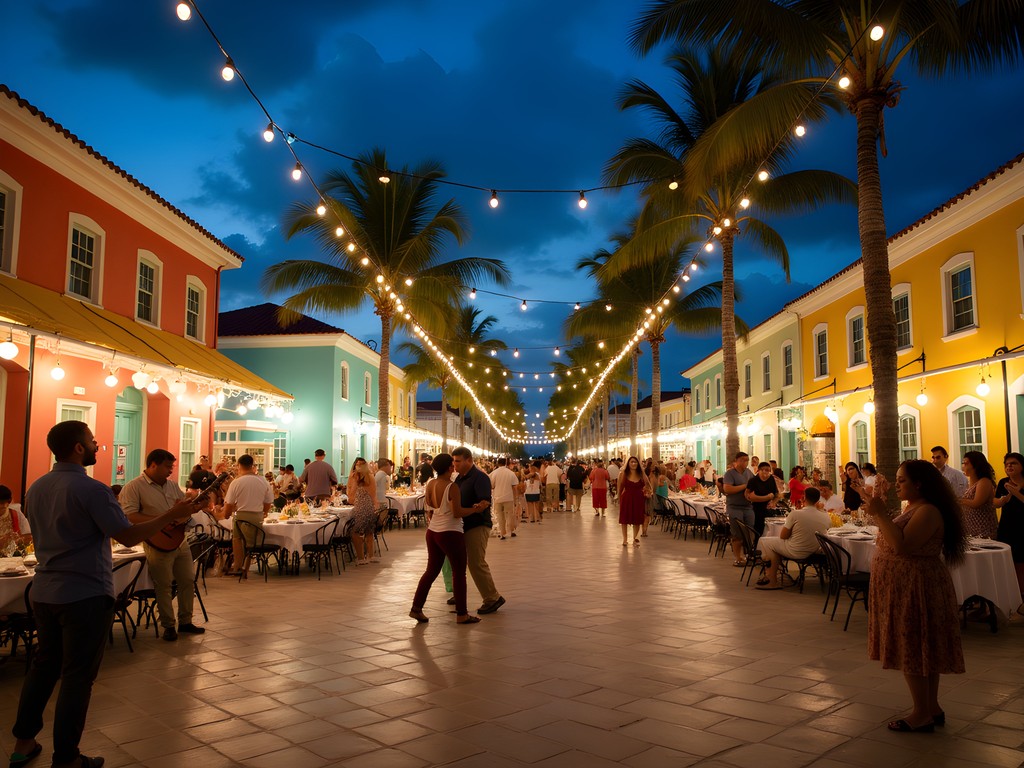
💡 Pro Tips
- Visit the marketplace on weekday mornings to catch local vendors setting up and avoid cruise ship crowds
- Ask artisans about their craft—many are happy to share stories and demonstrate techniques
- Look for vendors with 'Made in Bahamas' certification for authentic local crafts
Discover Bahamian Heritage at Garden of the Groves
Just a short drive from the bustle of Lucaya lies the Garden of the Groves, a 12-acre botanical sanctuary that offers more than just natural beauty. While many visitors come for the lush landscapes and wildlife, I discovered it's also one of the island's most significant cultural heritage sites.
The gardens were created to honor Wallace Groves and his wife Georgette, developers who played a pivotal role in establishing Freeport. Beyond the meticulously maintained paths and meditation labyrinth lies a recreated traditional Bahamian village that provides fascinating insight into island life before tourism became the dominant industry.
During my visit, I was fortunate to meet Mr. Hezekiah, a cultural historian who conducts weekly workshops on traditional Bahamian bush medicine. As we walked the medicinal plant trail, he identified native species used for generations to treat everything from fever to digestive ailments.
"This knowledge is disappearing with each generation," he explained, crushing a cerasee leaf between his fingers for me to smell. "But these plants were our pharmacy long before we had doctors on the island."
The on-site chapel, built from native limestone and reclaimed materials from historic buildings, hosts a Sunday service where visitors can experience the soul-stirring tradition of Bahamian gospel music. The harmonies that filled that small space during my visit created one of the most moving moments of my trip.
I recommend bringing a good field guide to identify the numerous bird species that make the gardens their home—the Bahamas boasts some fascinating endemic species you won't see elsewhere.
Before leaving, stop at the Garden Café, where local chefs prepare traditional Bahamian dishes using herbs and vegetables grown on-site. Their peas and rice with freshly caught snapper offered flavors that transported me beyond the tourist bubble into authentic island cuisine.
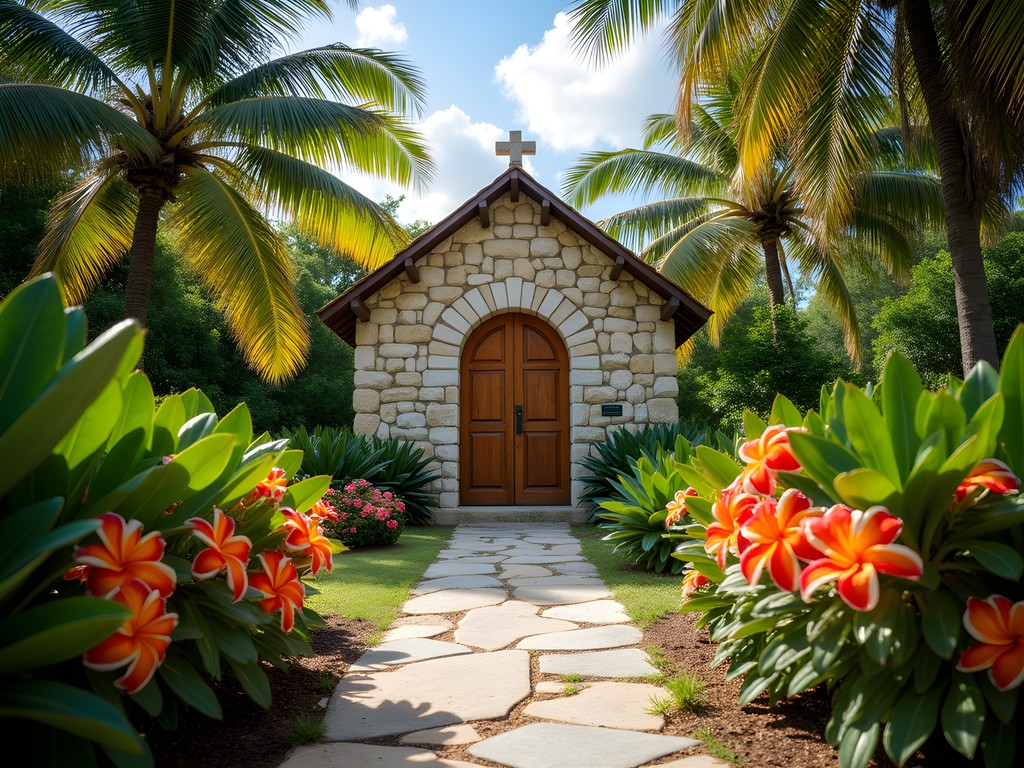
💡 Pro Tips
- Visit on Thursdays for cultural demonstrations including straw work and wood carving
- Check the schedule for bush medicine walks with local experts
- Attend the Sunday morning service for an authentic experience of Bahamian gospel tradition
Experience the Soul of Junkanoo
No cultural exploration of the Bahamas would be complete without encountering Junkanoo, the vibrant celebration that represents the soul of Bahamian cultural expression. While the grand Junkanoo parades traditionally occur during Boxing Day and New Year's, visitors to Lucaya can experience this cultural phenomenon year-round if they know where to look.
On my third evening in Lucaya, I attended a Junkanoo Rush-Out at one of the local resorts—a scaled-down version of the traditional parade featuring authentic costumes, music, and dance. The explosion of color, rhythm, and movement was utterly captivating. Elaborate headdresses adorned with feathers and sequins towered above dancers as they performed to the hypnotic beat of goatskin drums, cowbells, and whistles.
What makes Junkanoo particularly fascinating is its deep historical significance. The celebration traces its roots to the era of slavery when enslaved Africans were granted a rare holiday around Christmas time. They used this opportunity to celebrate with music and dance that blended African traditions with European influences.
"Junkanoo is our story—our resistance, our joy, our identity," explained Marcus, a master costume designer I met after the performance. "Each costume takes months to create by hand."
For those wanting to delve deeper, I highly recommend visiting the Junkanoo Museum in downtown Freeport. Here, you can examine intricate costumes up close, learn about the painstaking creation process, and even try playing traditional instruments. The museum offers workshops where visitors can create small Junkanoo pieces to take home—a meaningful souvenir that supports cultural preservation.
Capturing the vibrant colors and movement of Junkanoo requires a camera that performs well in variable lighting. My mirrorless camera with its excellent low-light capability and fast autofocus proved perfect for documenting these dynamic cultural moments without missing a beat.
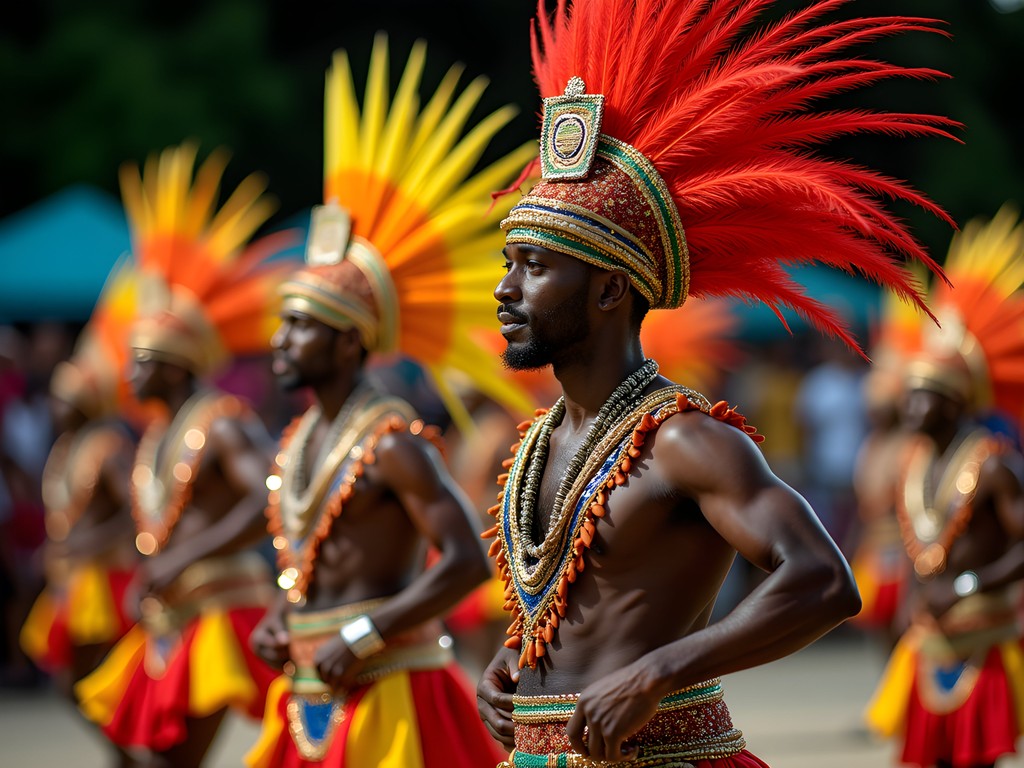
💡 Pro Tips
- Check with your hotel concierge for scheduled Junkanoo Rush-Out performances
- Visit the Junkanoo Museum early in your trip to gain context for performances you might see later
- Book a costume-making workshop at least three days in advance
Taste Bahamian Culture Through Rum Heritage
The history of the Bahamas is inextricably linked with rum—from its piratical past to its present status as a producer of some of the Caribbean's finest spirits. In Lucaya, I discovered that rum is far more than just a vacation indulgence; it's a window into the island's cultural heritage.
My journey into Bahamian rum culture began at John Watling's Outpost in Port Lucaya, where master distiller James walked me through a tasting flight that told the story of the islands through flavor profiles. Each rum represented different aspects of Bahamian history—from light rums influenced by the British colonial period to rich, dark varieties that speak to the islands' connection with molasses production.
"Rum isn't just about drinking," James explained as he demonstrated the proper way to nose the glass. "It's about understanding our agricultural history, our trade relationships, and our celebration traditions."
The most enlightening experience came during a visit to a small family-owned distillery outside Freeport, where I witnessed the production of 'sky juice'—a traditional Bahamian drink combining coconut water with gin that originated during times when imported spirits were scarce. The proprietor, Mr. Rolle, shared stories passed down through generations about how different communities developed their own signature variations of these beverages.
For couples interested in bringing home authentic flavors, I recommend investing in a quality cocktail set to recreate Bahamian classics like the Goombay Smash or Bahama Mama using proper techniques.
Many distilleries offer cooking demonstrations that showcase how rum infuses Bahamian cuisine—from rum cake to the flame-seared fish preparations that blend African cooking techniques with European and Caribbean influences. These sessions provide a multi-sensory understanding of how culinary and spirits traditions intertwine in Bahamian culture.

💡 Pro Tips
- Book rum tastings in the afternoon when your palate is most receptive
- Take notes during tastings to remember your preferences for purchasing
- Ask about family recipes that incorporate rum in cooking
Connect with Living History in Pinder's Point
Just a short drive west of Lucaya lies Pinder's Point, a settlement that offers one of the most authentic glimpses into Bahamian history and daily life. Unlike the manicured resort areas, this historic community maintains deep connections to Bahamian traditions that predate the tourism industry.
On recommendation from a local friend, I arranged a community walking tour led by Ms. Eloise, a lifelong resident and unofficial historian of Pinder's Point. As we strolled past colorful clapboard houses and community gathering spots, she painted a vivid picture of how this settlement was established by freed slaves and has maintained its cultural continuity despite hurricanes and economic challenges.
"Every family here has a story that connects to the larger Bahamian narrative," she explained as we paused at St. Jude's Anglican Church, a simple structure that has served as the community's spiritual anchor for generations.
The highlight of my visit was joining a community fish fry—a Friday tradition where locals gather to share meals, music, and stories. The techniques used to prepare the freshly caught snapper—seasoned with local spices and cooked over open flames—have remained unchanged for generations. I was particularly moved by the communal nature of the event, with different families contributing sides like peas and rice, mac and cheese (a Bahamian staple), and freshly baked johnny cake.
For visitors interested in cultural photography, these authentic community settings offer compelling visual stories, though always approach with respect and ask permission before taking photos. I found my compact camera perfect for these situations—its unobtrusive size and silent shutter allowed me to capture candid moments without disrupting the natural flow of community life.
What makes Pinder's Point special is the opportunity for genuine cultural exchange. Unlike staged cultural presentations, these community interactions offer authentic glimpses into Bahamian life and create opportunities for meaningful conversations about both tradition and contemporary island realities.
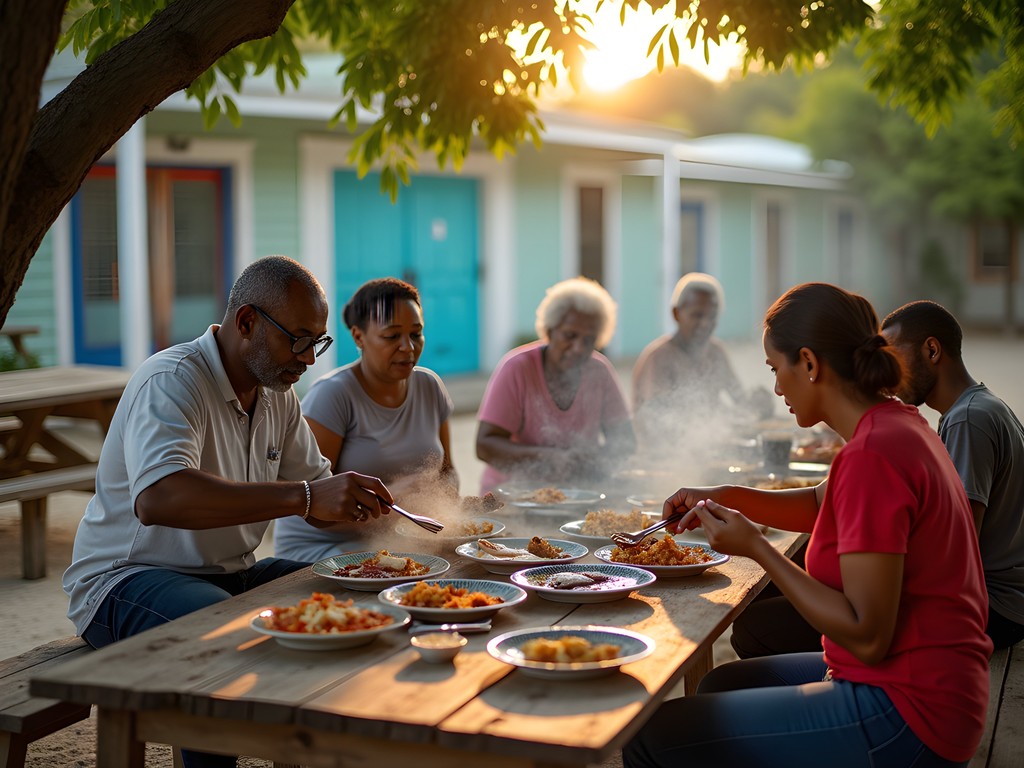
💡 Pro Tips
- Contact the Pinder's Point Community Association in advance to arrange a guided walk
- Bring small denominations of cash to purchase handmade crafts directly from artisans
- Friday evenings offer the best opportunity to experience community gatherings
Final Thoughts
As my week in Lucaya drew to a close, I found myself reflecting on how these cultural encounters had transformed what could have been a standard beach holiday into something profoundly more meaningful. The Bahamas offers far more than its postcard-perfect coastlines—it presents opportunities to connect with a resilient culture that has maintained its identity through centuries of challenge and change. By seeking out authentic experiences, from the rhythmic pulse of Junkanoo to the generational wisdom shared over a community meal in Pinder's Point, couples can forge memories that resonate far deeper than another day on the sand. When planning your own Bahamian adventure, I encourage you to allocate at least half your time to these cultural discoveries. The beaches will always be there—magnificent and unchanging—but it's in these human connections that you'll discover the true heart of the Bahamas. What cultural aspects of the Bahamas intrigue you most? I'd love to hear your thoughts and questions in the comments below.
✨ Key Takeaways
- Authentic cultural experiences in the Bahamas require venturing beyond resort areas into local communities
- Bahamian culture represents a unique blend of African, British and indigenous influences best experienced through music, food, and crafts
- Engaging with local experts and community members provides the most meaningful cultural insights
📋 Practical Information
Best Time to Visit
year-round, though January-April offers optimal weather and cultural festivals
Budget Estimate
$150-250 per day per couple (excluding accommodation)
Recommended Duration
5-7 days
Difficulty Level
Moderate
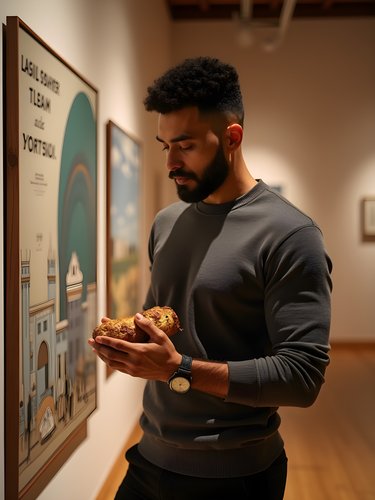
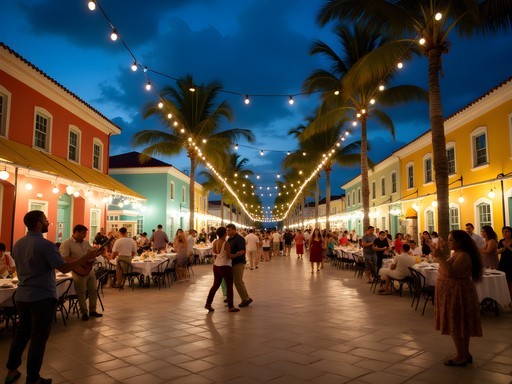

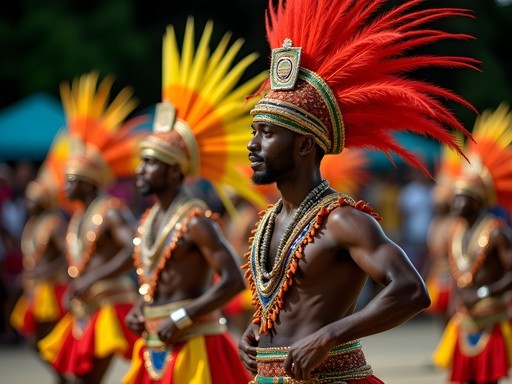
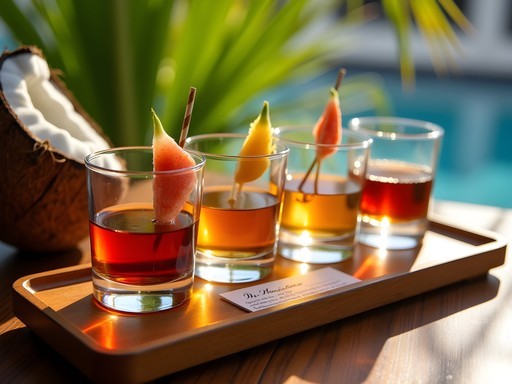
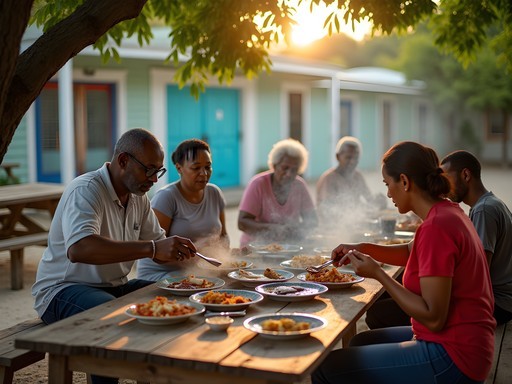


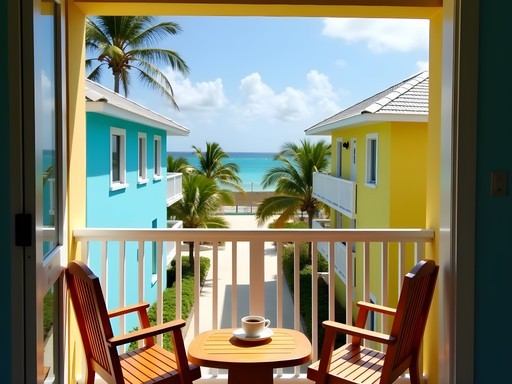
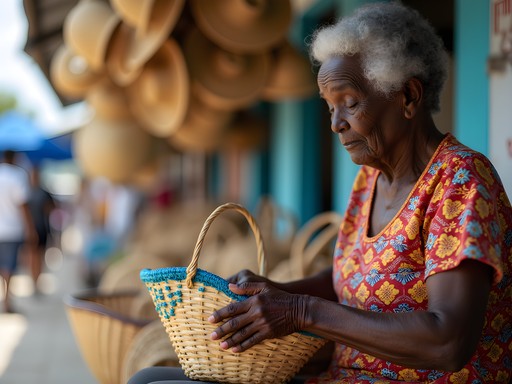
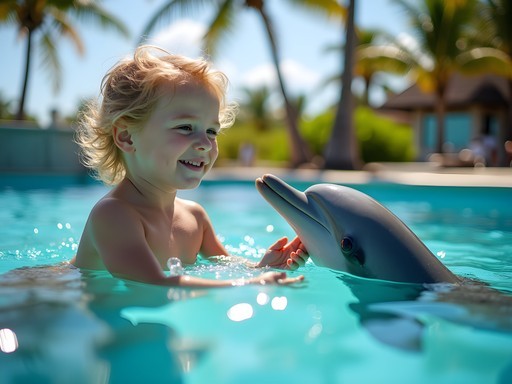





Comments
islandmaster
Finally a post that goes beyond the beaches! I've been to Lucaya twice and the Garden of the Groves is seriously underrated. If you go early morning (like 8-9am), you'll have the place almost to yourself and might spot more wildlife. For anyone heading there, I'd recommend picking up a pocket guide that has good maps of the trails. Also, don't skip trying conch salad from the small stands near the market - way better than the restaurant versions. Timothy, did you make it to any of the Fish Fry nights while you were there?
Timothy Jenkins
I did catch the Wednesday Fish Fry at Smith's Point! Incredible atmosphere and probably the best cracked conch I've ever had. Great tip about Garden of the Groves in the early morning - I went midday and it was beautiful but quite hot.
Savannah Torres
Your post brought back so many memories! We visited Lucaya with our kids last year and the Junkanoo experience was the highlight of our trip. My 8-year-old still talks about the colorful costumes and drums! We also spent a whole afternoon at the Port Lucaya Marketplace where my daughter got her hair braided by a lovely local woman who told us stories about growing up in the Bahamas. One tip for families: don't miss the People-to-People program where you can have dinner with a Bahamian family. Our kids still exchange letters with the family we met. It was such an authentic cultural exchange that went beyond the typical tourist experience.
islandmaster
I've never heard of that People-to-People program! How do you sign up for something like that?
Savannah Torres
You can register through the Bahamas Ministry of Tourism website or at the tourism office in Port Lucaya. It's completely free! Just try to sign up at least a week before you want to do it.
freeperson
Great post! Did you find it easy to get around without renting a car? Planning a trip there in January and wondering if taxis are the way to go or if there's decent public transport.
Timothy Jenkins
Thanks for reading! I actually found the local jitney buses really convenient and affordable. They run frequently between major spots like Port Lucaya and Freeport. For more remote areas, I used taxis a couple times, but negotiated the fare upfront.
freeperson
Perfect, that's exactly what I needed to know. Will definitely try the jitneys then!
dreamguy
That marketplace photo is stunning! The colors! 😍
winterclimber
Just got back from Lucaya last week and followed some of your recommendations! The local bus system (jitney) was exactly as you described - a bit chaotic but SO worth it. Our driver Ronald gave us an impromptu history lesson and stopped at his favorite conch shack that wasn't in any guidebook. We missed the main Junkanoo season but caught a small performance at our hotel. Those costumes are even more impressive in person - the detail is incredible! One tip for anyone going: the Fish Fry on Wednesday nights at Smith's Point is a must-do for authentic food and meeting locals.
wildmaster
Smith's Point Fish Fry sounds awesome! Adding it to my list.
happyseeker
Great post! We're heading to Lucaya in September and I'm really interested in the rum tasting you mentioned. Is it something you need to book in advance? Also wondering if it's worth bringing my travel journal or if they give you tasting notes to take home?
Timothy Jenkins
The rum tastings at John Watling's can get busy in peak season, so booking ahead is smart! They do provide tasting cards, but I always find personal notes more meaningful. Enjoy your trip!
happyseeker
Thanks Tim! Will definitely book ahead then.
Amanda Morris
Timothy, this brought back so many memories! I visited Lucaya last year and completely agree that the cultural experiences make all the difference. The Port Lucaya Marketplace was a highlight - I spent hours chatting with local artisans about their craft. One woman taught me how to weave a small straw ornament while telling me stories about growing up on Grand Bahama. The Garden of the Groves was magical too, especially during that morning meditation session they host. Did you try the conch salad from the little stand near the marina? The old man there has been making it the same way for 40+ years!
dreamguy
Amanda - was the Garden of the Groves crowded when you went? Thinking of visiting next month.
Amanda Morris
Not crowded at all! Go early morning (before 10) for the best experience. The birds are more active then too.
wildmaster
Never thought about the Bahamas beyond beaches! The Junkanoo festival sounds amazing.
smartwalker
Those marketplace photos are stunning! The colors!
backpackace3895
First time going to the Bahamas next week! Is the rum tasting worth it if you're not really a big drinker? Or should I focus on other cultural stuff?
backpackace3895
Oh awesome, thanks for the tip! Will definitely check out the Junkanoo stuff then!
wanderqueen
Just got back and even though I'm not a big drinker, the rum tour was interesting for the history! They also had really good non-alcoholic options. But the Junkanoo stuff was definitely my favorite cultural experience!
Venture X
Premium card with 2X miles, $300 travel credit, Priority Pass